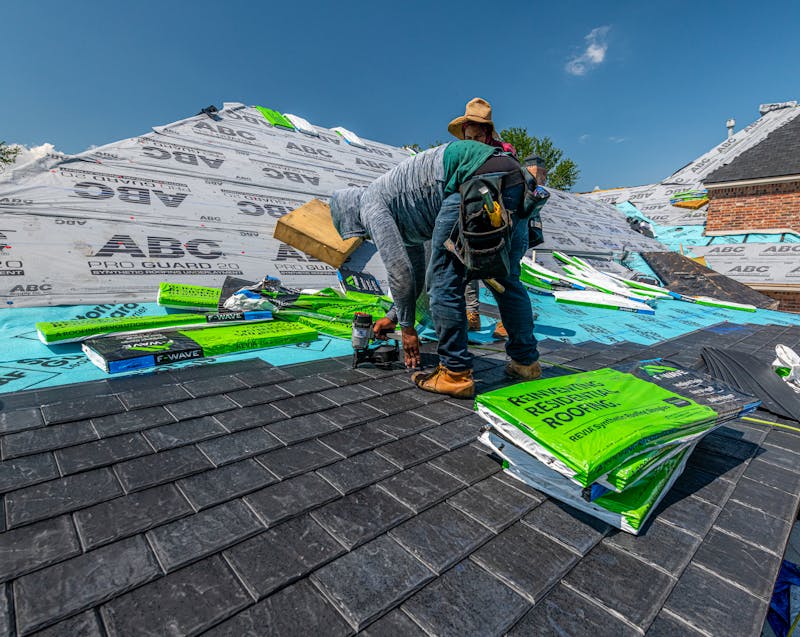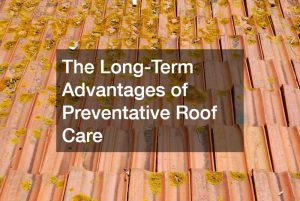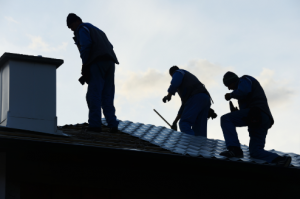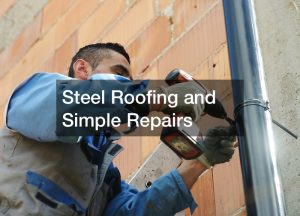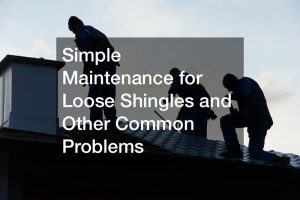Common Roofing Issues That Certified Companies Cover Under Warranty
- Certified roofing companies provide both manufacturer warranties (for product defects) and workmanship warranties (for installation errors).
- Common warranty-covered issues include defective shingles, faulty flashing, poor ventilation, and premature material failure.
- Warranties do not cover everything—storm damage, neglect, and unauthorized repairs are common exclusions.
- Hiring a certified roofing company simplifies the warranty process with proper documentation, claim support, and extended coverage options.
- Homeowners must maintain their roofs, keep records, and schedule regular inspections to ensure warranty protection remains valid.
For most homeowners, the roof is one of the most valuable and protective components of their home. It shields the interior from rain, wind, and sun while helping maintain comfort and energy efficiency. Yet, even the best roofing systems can experience issues over time. That’s where warranties come in. When a roof is installed by a certified professional, homeowners gain an added layer of protection against unexpected problems.
Hiring a certified roofing company that offers warranties ensures that homeowners don’t just get quality installation but also peace of mind. These warranties cover common roofing issues, such as defects in materials or errors in workmanship, that could otherwise lead to costly repairs. Understanding what is typically included under roofing warranties can help homeowners make better decisions when choosing a contractor and ensure they know how to protect their investment in the long term.
This article explores the most common roofing problems covered by warranties, the differences between manufacturer and workmanship warranties, the limitations homeowners should be aware of, and tips for maximizing coverage.
Understanding Roofing Warranties
Before diving into specific issues, it’s important to understand how roofing warranties work. Warranties generally fall into two categories:
- Manufacturer’s Warranty
- Covers defects in roofing materials such as shingles, underlayment, or flashing.
- Ensures that the product performs as advertised for a certain number of years.
- Some manufacturers offer extended warranties if the roof is installed by a certified contractor.
- Workmanship Warranty
- Provided by the roofing contractor.
- Covers errors in installation that lead to leaks, poor ventilation, or other performance issues.
- Duration may vary from a few years to the lifetime of the roof, depending on the contractor’s certification and policies.
A key advantage of working with a certified roofing company is access to both types of warranties. Certified contractors meet strict training and installation standards, which means they can offer enhanced coverage that non-certified roofers cannot.
Common Roofing Issues Covered Under Manufacturer Warranties
1. Defective Shingles or Materials
Shingles are designed to withstand decades of exposure, but manufacturing defects occasionally slip through. Defective shingles may:
- Curl or buckle prematurely, causing water infiltration.
- Lose granules excessively, reducing UV protection.
- Crack under normal conditions, leaving the roof vulnerable.
Manufacturer warranties often cover replacement of defective shingles when the issue stems from production flaws rather than installation errors.
2. Premature Aging of Materials
Most modern roofing products are expected to last 20–50 years, depending on the material. However, some materials may deteriorate long before the end of their advertised lifespan. If shingles begin to fail after just a few years due to defective materials, a warranty claim can help homeowners replace them at little or no cost.
3. Faulty Underlayment or Flashing
Underlayment acts as a secondary barrier against moisture, while flashing seals vulnerable roof areas like valleys, chimneys, and skylights. Defects in these materials can lead to leaks and water damage. A manufacturer’s warranty often covers these failures if they result from faulty production.
4. Wind and Weather Damage Within Rated Limits
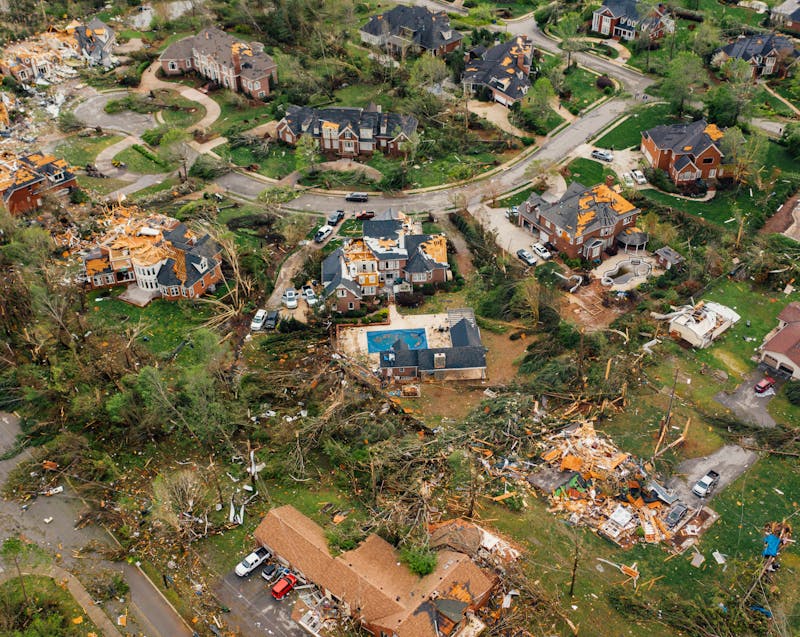
Shingles are tested and rated to withstand certain wind speeds. If shingles rated for 110 mph winds blow off during a 60 mph storm, this indicates a product failure rather than storm damage. In such cases, the manufacturer’s warranty may cover replacements.
Common Roofing Issues Covered Under Workmanship Warranties
1. Improper Installation Leading to Leaks
One of the most common reasons roofs fail prematurely is improper installation. Misaligned shingles, inadequate sealing, or incorrect nailing patterns can all cause leaks. A workmanship warranty typically covers repairs when these errors occur.
2. Faulty Flashing Installation
Even if flashing materials are manufactured correctly, poor installation around chimneys, vents, or skylights can cause water intrusion. Contractors who back their work with a workmanship warranty take responsibility for correcting these issues.
3. Poor Roof Ventilation
Roofing systems need proper ventilation to regulate temperature and prevent moisture buildup. When ventilation is installed incorrectly, problems such as mold growth, ice dams, and shingle deterioration may occur. Workmanship warranties often cover fixing these mistakes.
4. Uneven Roof Surfaces or Sagging
If a roof begins to sag or shows uneven surfaces due to errors during installation, it is typically the contractor’s responsibility to correct it. Certified roofers offering workmanship warranties ensure these issues are addressed without additional cost to the homeowner.
Limitations and Exclusions in Roofing Warranties
While warranties provide valuable protection, they do not cover everything. Homeowners should understand the common limitations, including:
- Extreme storm damage such as hurricanes, hailstorms, or tornadoes. These are considered “acts of nature” and are generally not covered.
- Lack of maintenance or homeowner neglect, such as failing to clean gutters or allowing debris to accumulate on the roof.
- Unauthorized repairs by non-certified contractors, which can void warranties.
- Improper attic insulation or ventilation not related to the roofing installation.
- Natural wear and tear from aging, beyond the normal life expectancy of the roof.
Reading the fine print is crucial. A certified roofing company that offers warranties will explain coverage clearly so homeowners know what to expect.
How Certified Roofing Companies Simplify the Warranty Process
One of the biggest benefits of working with certified roofers is how much easier they make the warranty process. Certified companies:
- Provide access to enhanced warranties directly backed by manufacturers.
- Maintain detailed documentation of the installation, making future claims easier to process.
- Follow manufacturer guidelines strictly, ensuring warranties remain valid.
- Offer long-term workmanship guarantees, which uncertified contractors may not provide.
- Assist with claims by coordinating directly with manufacturers if product defects arise.
This level of service not only ensures proper coverage but also gives homeowners confidence that any issues will be resolved professionally.
Tips for Homeowners to Maximize Warranty Protection
Even with strong warranties in place, homeowners have a role to play in maintaining coverage. Consider these best practices:
- Schedule Regular Inspections
- Have the roof inspected at least once a year by a certified professional.
- Look for loose shingles, clogged gutters, or flashing issues before they worsen.
- Keep Documentation Organized
- Save all receipts, contracts, and warranty paperwork.
- Register warranties with manufacturers if required.
- Report Issues Promptly
- Contact your roofing company as soon as you notice a problem.
- Delaying repairs can worsen damage and complicate claims.
- Hire Certified Contractors for All Repairs
- Even small repairs should be handled by certified roofers.
- DIY or uncertified work can void warranties entirely.
- Maintain the Roof Properly
- Clear debris after storms.
- Ensure gutters are clean and water flows away from the roofline.
- Trim overhanging tree branches to prevent unnecessary damage.
By following these steps, homeowners can ensure their warranties remain valid and provide maximum protection.
Practical Examples of Warranty Coverage
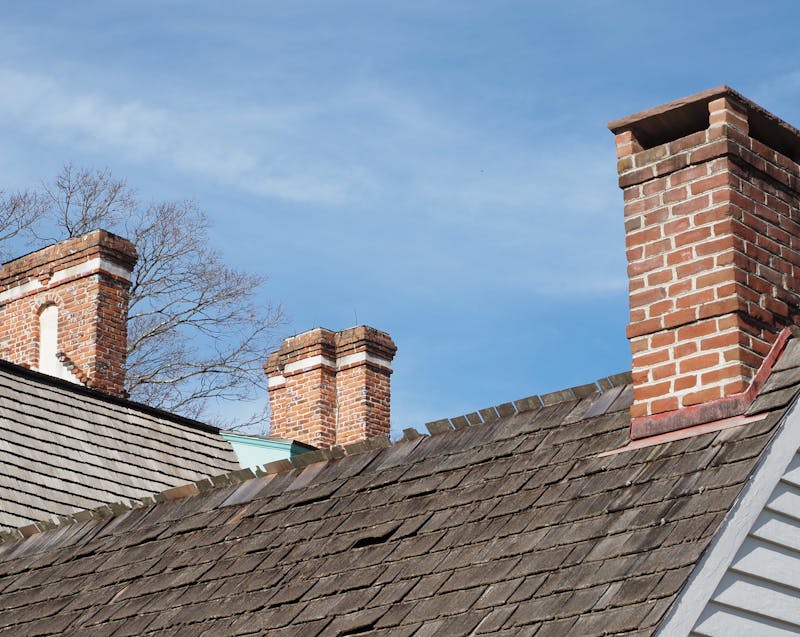
To illustrate how warranties work in real situations, here are a few scenarios:
- A homeowner notices shingles curling after only three years. Since the shingles were rated for 25 years, the manufacturer replaces the defective materials under warranty.
- Water leaks appear around a skylight due to improperly installed flashing. The contractor fixes the issue at no cost under the workmanship warranty.
- A strong windstorm damages shingles rated for 110 mph winds, even though the storm produced only 60 mph gusts. The manufacturer covers replacement due to product failure.
These examples show how both manufacturer and workmanship warranties provide essential protection.
Conclusion
A roof is one of the most significant investments in a home, and protecting it with proper warranties is essential. From defective shingles to improper installation, a wide range of roofing issues are typically covered when homeowners work with a certified roofing company that offers warranties. Manufacturer warranties protect against product defects, while workmanship warranties cover installation errors that could otherwise lead to costly repairs.
Homeowners who choose a certified contractor benefit not only from expert installation but also from easier access to warranty claims and extended coverage options. By maintaining the roof properly, keeping documentation, and addressing problems promptly, homeowners can maximize warranty protection and ensure long-term peace of mind.
When it comes to something as vital as your home’s roof, the safest choice is trusting a certified roofing company with strong warranty offerings. This approach provides both quality craftsmanship and reliable protection for the years ahead.
